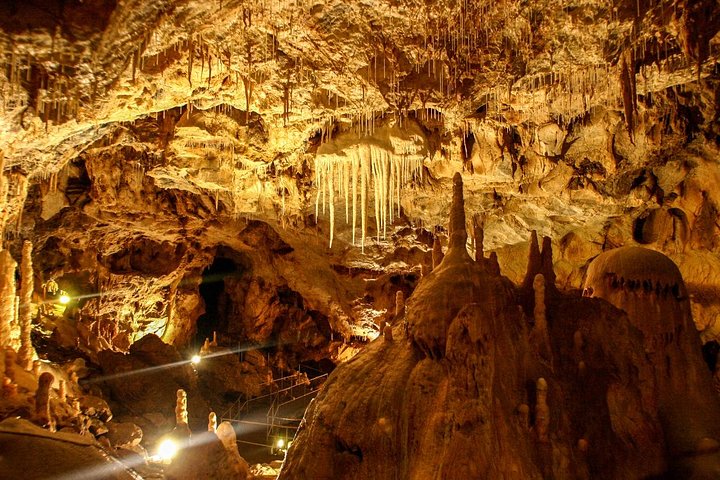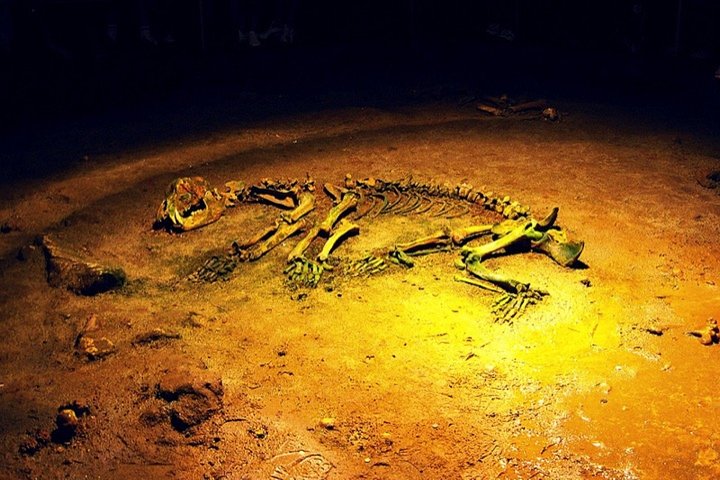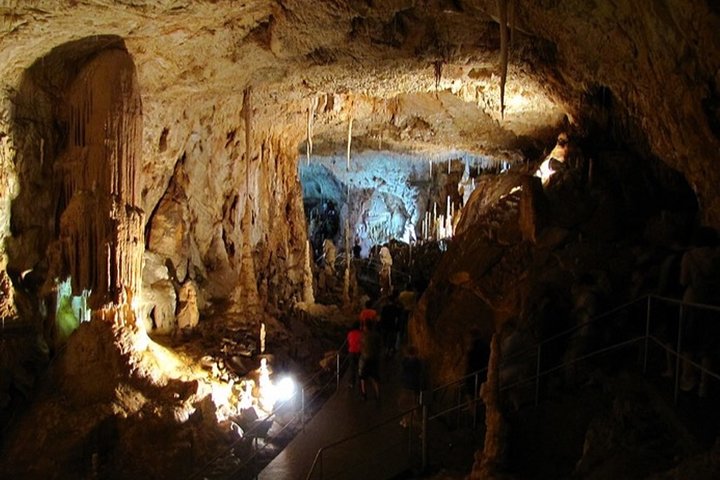We pick you up from your Oradea hotel at 8-9 o'clock in the morning and we are going to Bears cave situated around 90 km away.
Our trip lasts around 2 hours.
Once there, we are visiting the cave ( around 45 minutes) with the guide which will translate from Romanian all the explanations.
The admission ticket costs 20 Lei and is to be paid by every tourist.
The cave was undisturbed until September 17 1983, when it was discovered during quarry works.
The Bears Cave is 1 km in length. It is disposed on two-overlapped levels: one which is superior having 488 m in length, fitted out for tourist reasons and an interior one, temporarily active, having 521 m in length, being considered scientific reservation.
We may visit also free of charge an ethnographic museum situated 500 meters away from the Bear's cave. where various home made tools and garments are exposed.
We may stop somewhere to eat and drink at your choice.
The retour lasts other 2 hours. At evening we shall drop you off at your hotel.
The tour includes :pick-up and drop off, tour guide in English and German and minivan transport (Opel or Mercedes)






